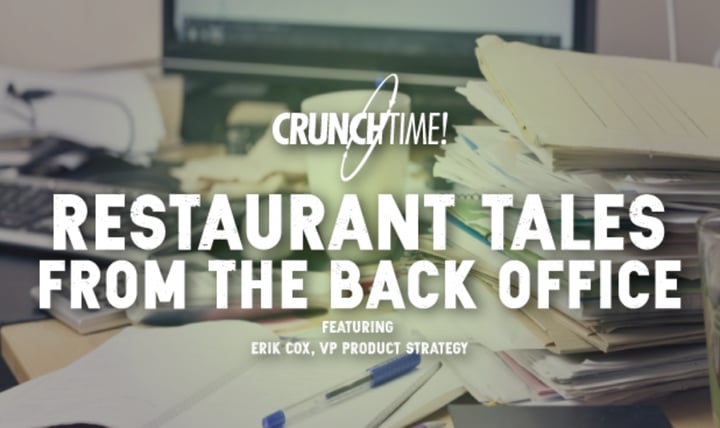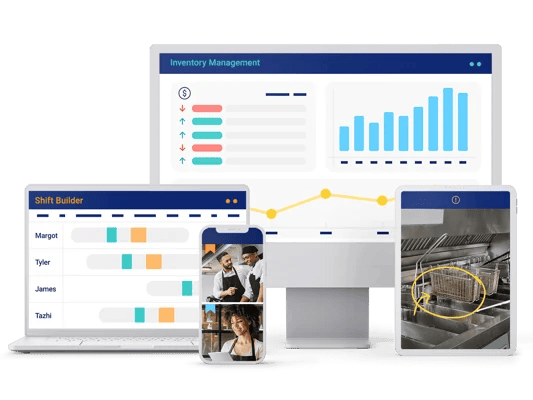
- Home
- Crunchtime Blog
- Product Team Perspective: How Are Crunchtime Products Developed? Part 2
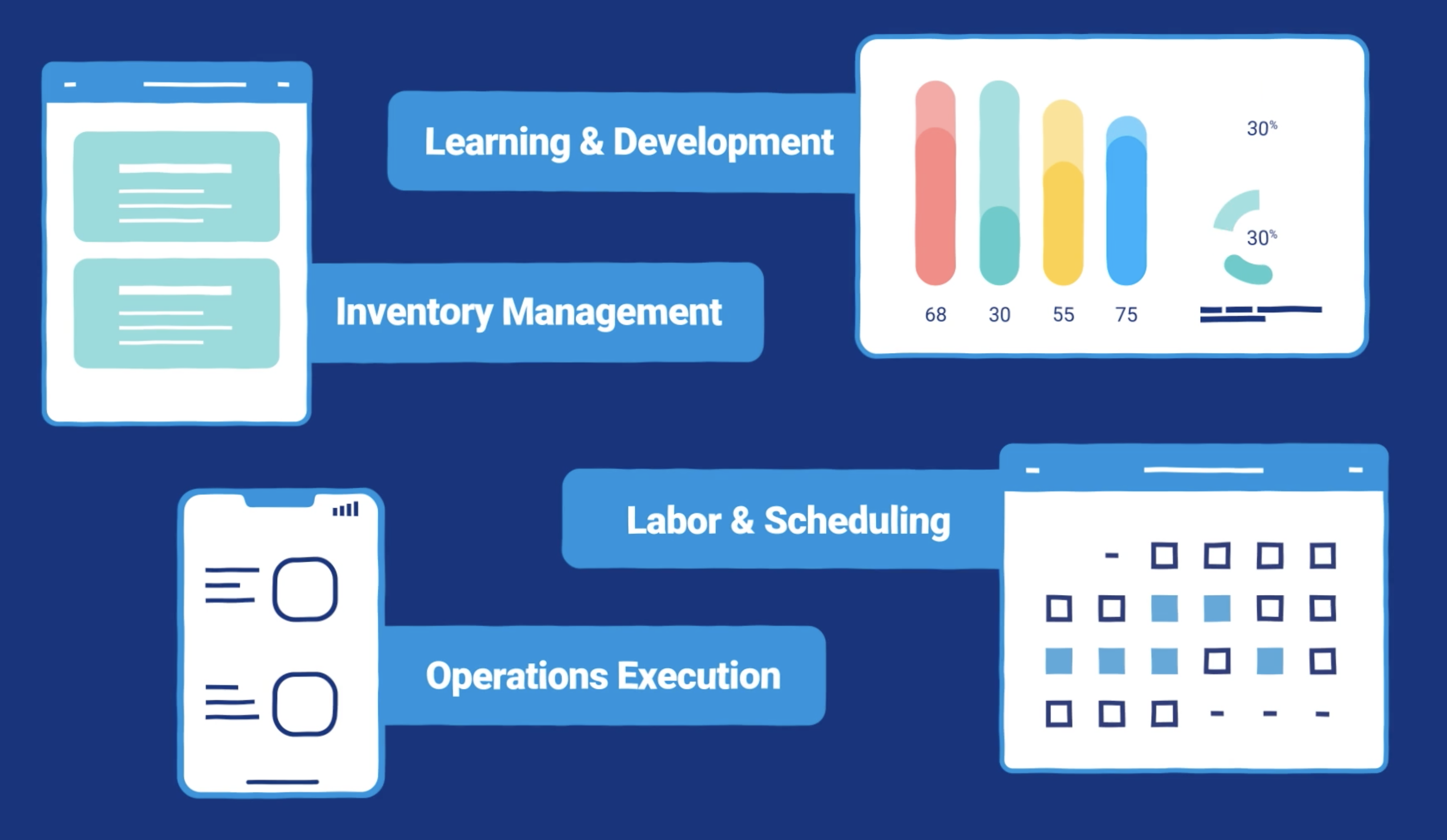
Product Team Perspective: How Are Crunchtime Products Developed? Part 2
In part 1 of this series, we discussed everything that goes into building Crunchtime products and how we follow a lean product development philosophy. Now, we’ll dive into the why.
For almost three decades, Crunchtime has helped restaurant brands of all sizes grow and succeed. Seeing our customers thrive drives us to do what we do every day. In recent years, we’ve really accelerated our product innovation to help drive our customers’ success even further. Our newly-adopted lean product development philosophy plays a major part in that, and is a big shift away from how we’ve worked in the past.
So why specifically do we follow a lean product development philosophy now? There are a few key reasons that I will outline in this post.
- It saves time and reduces the time-to-value for customers.
- If we’re spending less time focused on processes and managing internal politics or bureaucracy, then we can spend more time learning about our customers’ problems, how we can best solve them, and most importantly, where the greatest opportunities to create value may be. More time spent on the work that matters vs. work needed to enable the actual work, is a win-win for our customers and the business.
- It lowers costs.
- We’re investing in the right things at the right time because this way of working creates shorter, more frequent feedback loops, faster build cycles, and speedier delivery of value. We let evidence guide our decision-making rather than building based on opinions or hopes and dreams. This keeps our costs lower because we only advance the work we know will have a net positive impact on customers and our business.
.png?width=600&height=611&name=Crunchtime-featuretoss_@2x%20(1).png)
- We’re investing in the right things at the right time because this way of working creates shorter, more frequent feedback loops, faster build cycles, and speedier delivery of value. We let evidence guide our decision-making rather than building based on opinions or hopes and dreams. This keeps our costs lower because we only advance the work we know will have a net positive impact on customers and our business.
- It's very nimble and flexible.
- Let’s face it, the needs of restaurants and businesses change rapidly based on a bunch of factors. This process affords us the ability to change our course just as quickly, shifting investments to align with our customers’ greatest needs while growing our business. There is no such thing as 100% certainty in product development until you’ve actually launched a solution to customers and they start using it in the field. Our product development process is designed to derisk the decisions we make so we have increased certainty heading into a full launch. We commonly learn new things that impact the problems we solve and the solutions we build, so it’s important we can adjust our plans as these ‘aha moments’ happen.
- Let’s face it, the needs of restaurants and businesses change rapidly based on a bunch of factors. This process affords us the ability to change our course just as quickly, shifting investments to align with our customers’ greatest needs while growing our business. There is no such thing as 100% certainty in product development until you’ve actually launched a solution to customers and they start using it in the field. Our product development process is designed to derisk the decisions we make so we have increased certainty heading into a full launch. We commonly learn new things that impact the problems we solve and the solutions we build, so it’s important we can adjust our plans as these ‘aha moments’ happen.
- It’s a mechanism to invalidate work/investment
- Before a single line of code is written by our Engineering team, we want to have a reasonable degree of certainty that the solution we plan to build addresses our customers’ needs and that the initial problem we identified is actually one worth solving at this time. This way of working gives us several opportunities throughout the process to evaluate the path we’ve charted and change course when we learn something new and impactful. Product development is a zero-sum game. If we choose to solve problem X, then problem Y will not get solved at this time. We want to build confidence that problem X is the most important to tackle and that the solution we build has the highest likelihood of actually solving the problem so we don’t waste time, money, resources, etc. Conversely, these same scientific methods enable us to validate when we’ve made the right investments and tell us where additional work may be required.
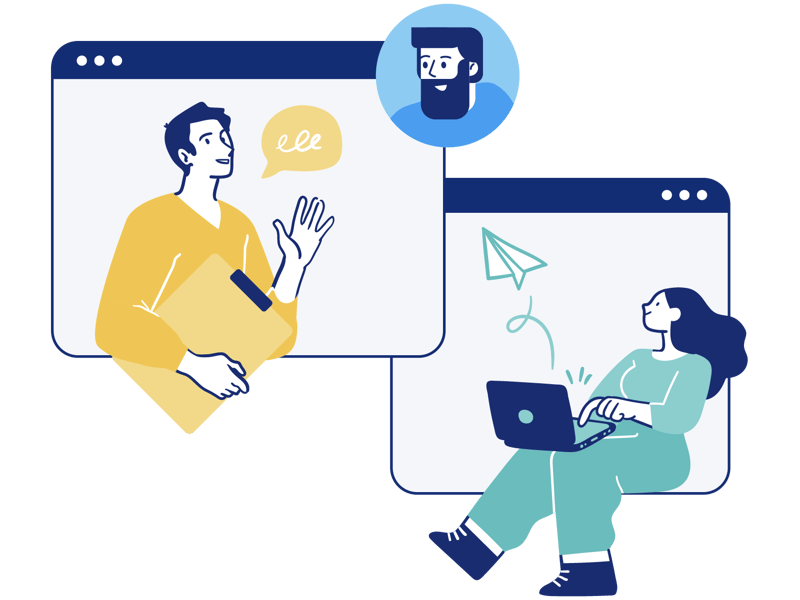
I’ve seen virtually every flavor of the product development process in the 10+ years I’ve been building technical products, and while many companies may have similarities to how we build, not all can say their way is grounded in the latest, evidence-based methods. For these reasons, we’ve chosen to adopt this philosophy and approach to building.
So, to sum it up, we follow a lean product development philosophy because it:
- Saves time by reducing cycles and delivers value quicker
- Lowers costs by prioritizing investments where it matters
- Allows us the flexibility to pivot as needed to solve the right problems with the right solutions (at the right time)
- It helps us invalidate work/investment and improve from our learnings
Stay tuned for the next part of this series, where we’ll take a closer look at each phase of the process. In the meantime, to learn more about how our products are evolving, visit our product updates page.
Share this post
Related

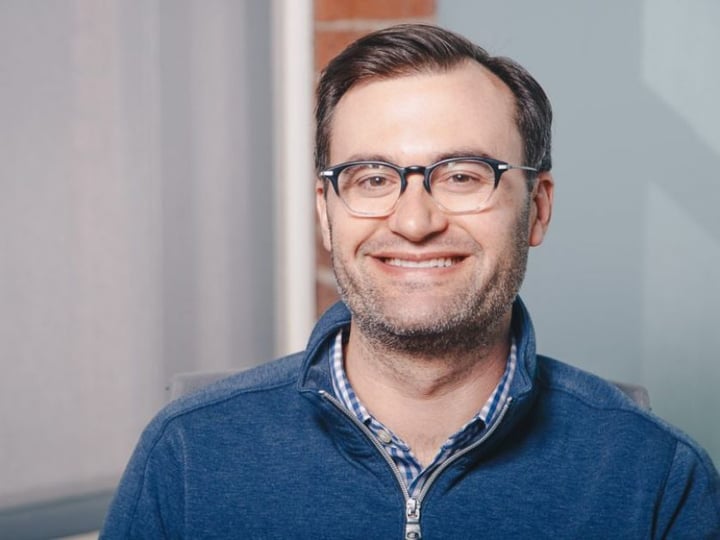
Talking With Garrett Tietjen, Labor Product Manager
